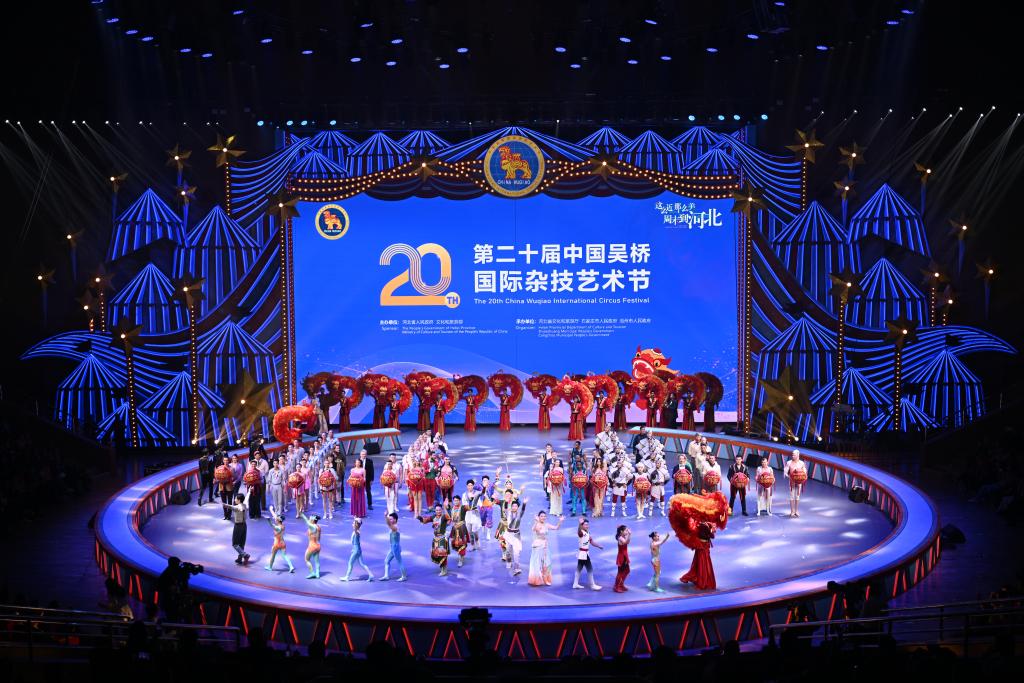Beneath dazzling theater lights, four Tanzanian acrobats stunned spectators with human pyramids balanced on rolling cylinders at the 20th China Wuqiao International Circus Festival. This breathtaking performance highlighted the global flavor of a festival that has grown into one of the world’s premier acrobatic events.
Founded in 1987, the biennial China Wuqiao International Circus Festival is celebrated as one of the “big three” acrobatic competitions, alongside the Monte-Carlo and Paris festivals. Wuqiao County, located in north China’s Hebei Province, has long been known as the “cradle of Chinese acrobatics.”
This year’s festival marked a homecoming, with main events finally held in Wuqiao itself, thanks to significant local economic growth and infrastructure improvements. Over six days, performers from 19 countries and regions delivered 28 spectacular acts, showcasing the county’s evolution into a truly international acrobatic stage.
Wuqiao’s connection with acrobatics dates back more than 2,000 years. During the Song Dynasty, the county’s location along the historic Beijing-Hangzhou Grand Canal allowed performers to travel and share their skills widely. Today, Wuqiao’s acrobats tour the world, influencing global circus arts with their creativity and mastery.
“In the past, older-generation acrobats performed without fixed venues. Now we’re focused on artistic innovation, combining stunts with lighting, music, and dance,” said Zhou Ai, a 38-year-old acrobat and show planner.
For international performers, competing in Wuqiao feels like joining a “mini-Olympics.” Russian artist Anastasia Ovcharenko praised the festival’s facilities, while Tanzanian acrobat Mohamed Tadei Mohamed said, “It’s not just about competition it’s about connection and shared joy.”
As Wuqiao continues to balance tradition with innovation, its stage has truly become a meeting point for the world’s finest acrobats.

